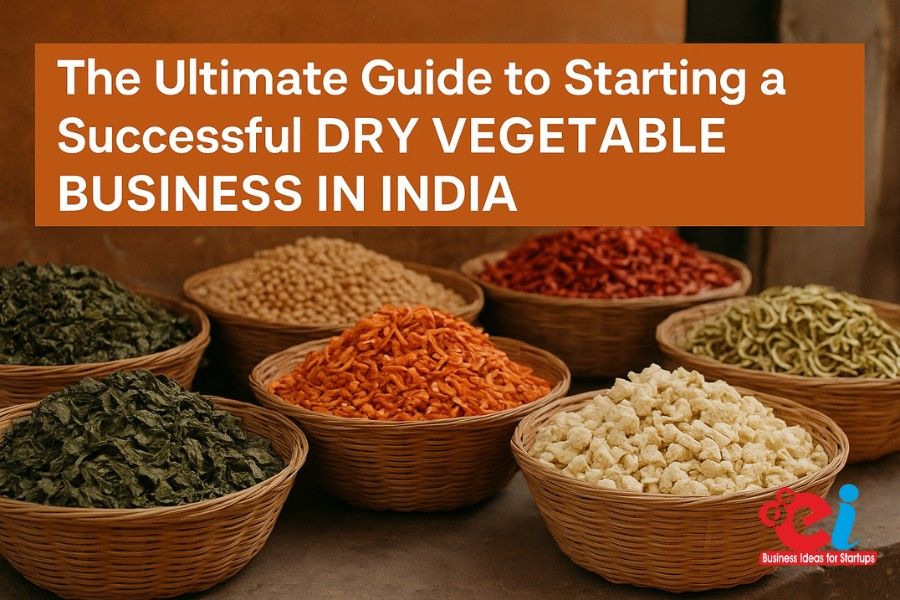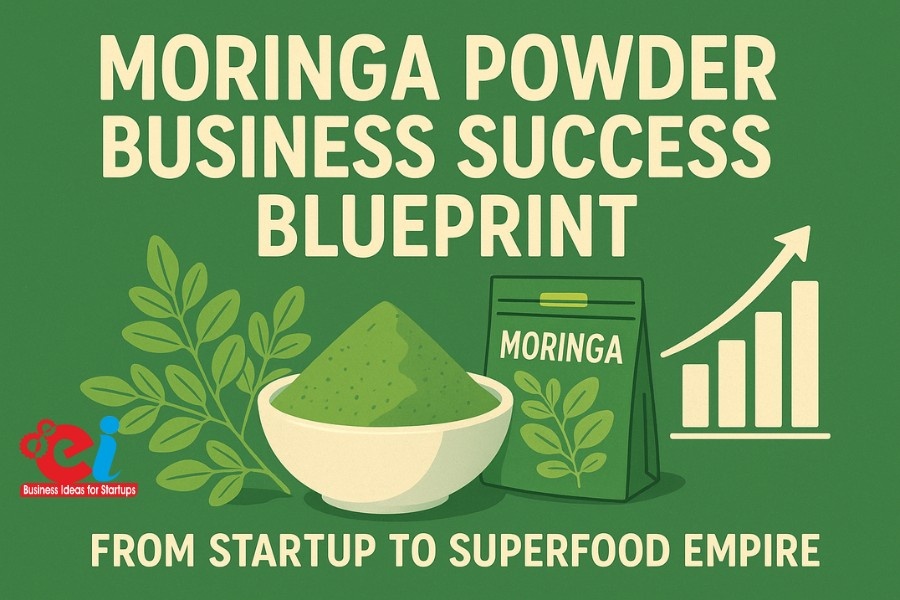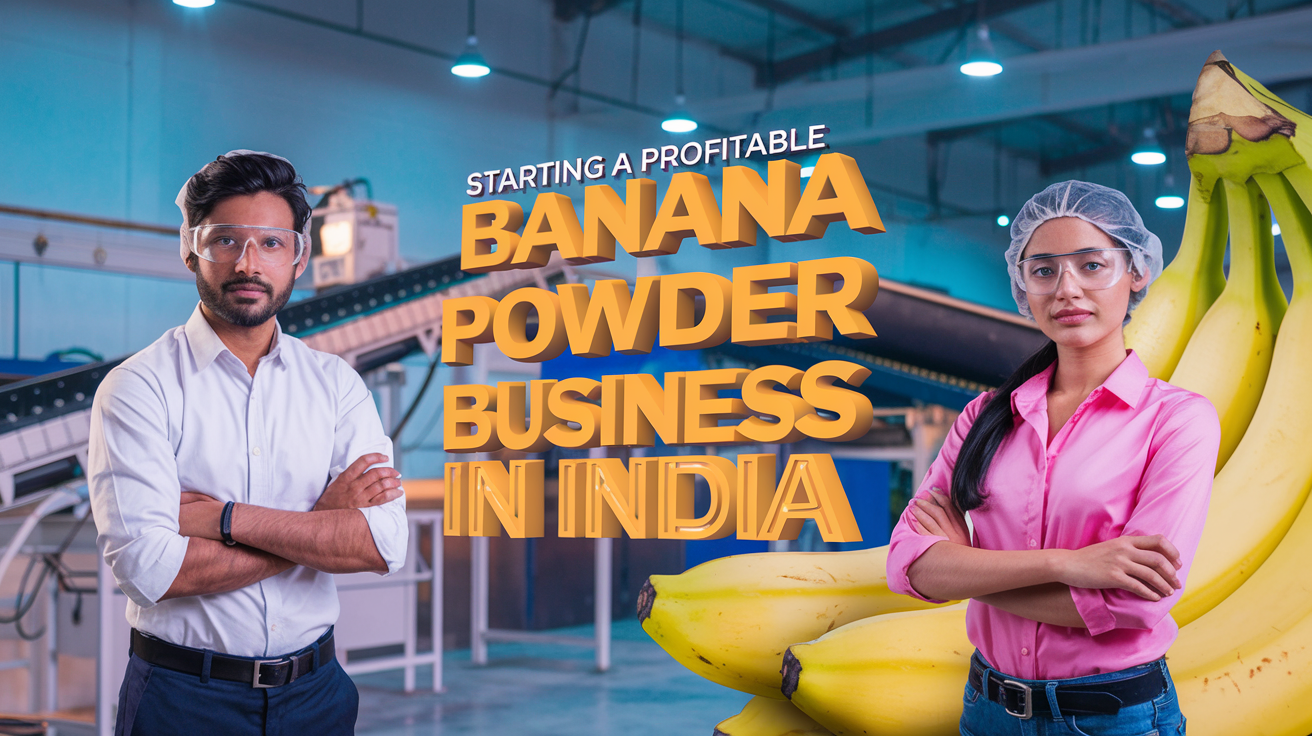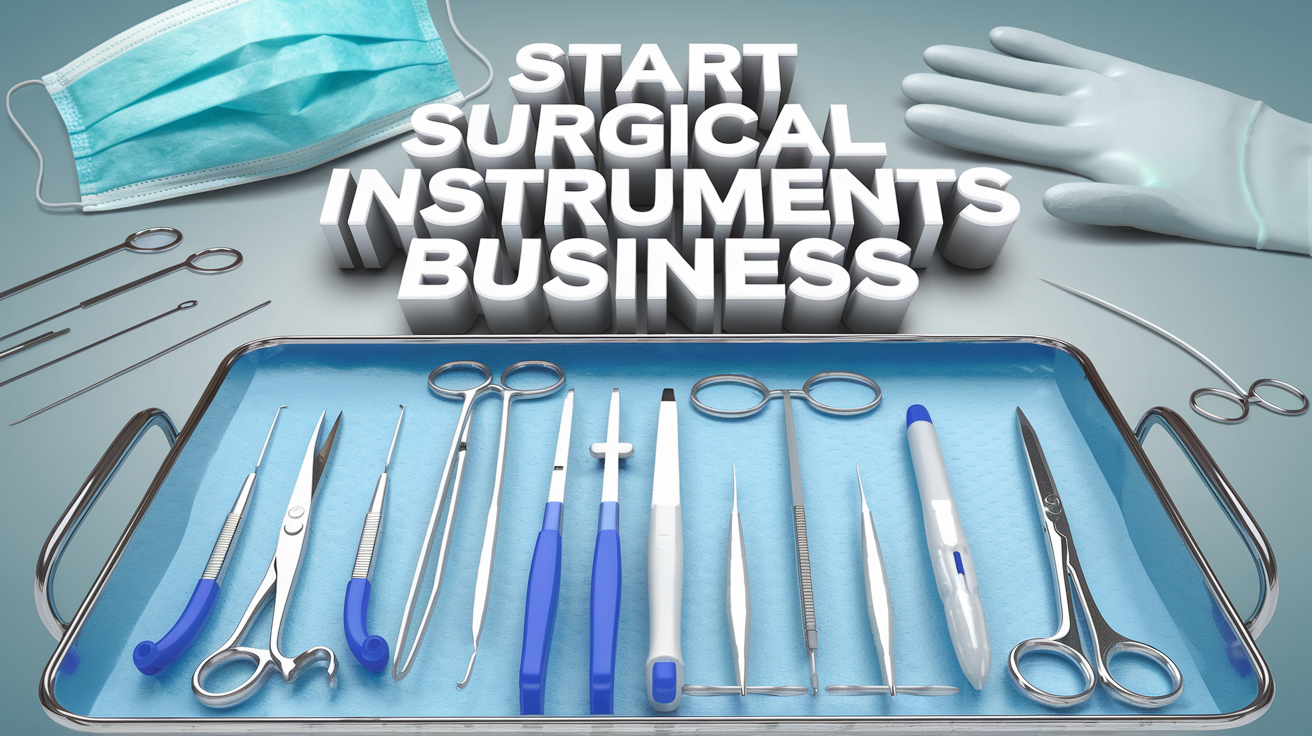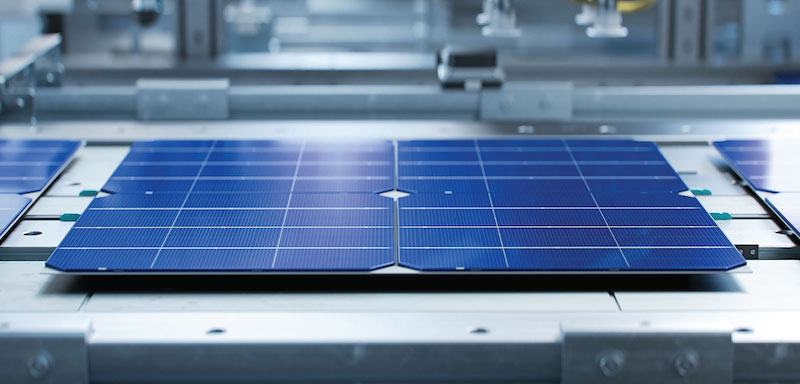Startups and entrepreneurs looking for new manufacturing business opportunities can find hidden gems among specialized medical and chemical products. This article examines 10 niche products, from polymeric sulfur and iodophor solutions to those with solid market forecasts. Each section covers the product, how it is made, its application, and market forecasts. We provide insights into market size, growth factors, and practical advice for starting up.
We conclude by mentioning how expert technoeconomic reports, such as those provided by Niir Project Consultancy Services, can be used to evaluate the feasibility and viability of these ventures.
10 Best Manufacturing Businesses for Startups
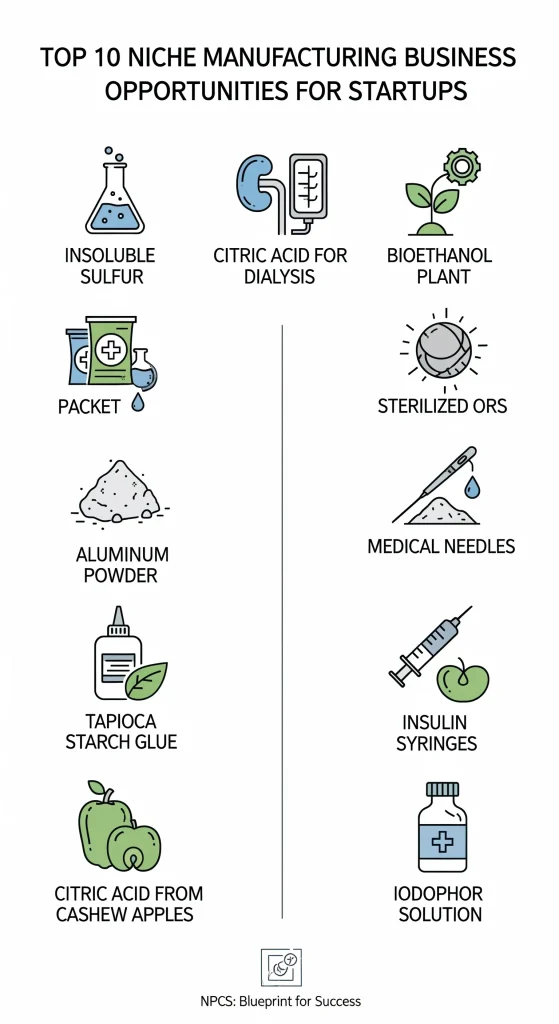
Sulfur Polymer (Insoluble Sulphur)
Polymeric sulphur, also known as insoluble or plastic sulfur, is a form of elemental sulphur that’s created by heating molten sulphur above its melting temperature and cooling it quickly to lock in polymeric long-chain structures. Polymeric sulfur is a plastic, rubbery material, unlike ordinary crystalline sulfur. The main use of polymeric sulphur is as a curing material in the rubber and tire industry (for vulcanization), and in specialty construction materials. This material is used in sulfur concrete (polymeric sulfate concrete), which provides corrosion-resistant structures and pavements.
The production of polymeric sulfur is fairly straightforward. Elemental sulfur, a by-product of petroleum refining and natural gas processing, is melted in an inert environment. This creates the polymeric form. Small plants require a melting oven and quenching equipment. Feedstock (elemental sulfide) is cheap and plentiful, resulting in low raw-material costs.
The market for insoluble sulphur is steadily growing. The global demand for polymeric sulfur (used mostly in tires and rubber), was $1.5-1.6billion in 2024, and is expected to surpass $2billion by early 2030s. The expansion of the automotive and tire industries is driving growth. They need high-performance, durable tires. (Insoluble sulfur increases tire life). Demand for this sulfur is also being boosted by stricter environmental regulations and the shift to eco-friendly curing agent. Entrepreneurs can benefit from the stable demand for sulfur curing agents by opening a small-scale plant. The key markets are tire and auto part manufacturers in the Asia-Pacific and Europe.
View our Books for more brief information and knowledge
Concentrated Citric Acid Solution for Bicarbonate Dialysis
The hemodialysis machine uses a concentrated citric solution for bicarbonate dialysate. Dialysis centers combine citric acid with sodium bicarbonate to create dialysate, the fluid that cleans the blood. The solution contains citric acid to stabilize pH, reduce precipitation and prevent clotting. Citric acid solutions of high purity must be prepared under sterile conditions and with precise formulation.
The production involves the dissolving of food-grade or pharma-grade citric acids in water, filtration, and sterile packaging. Small chemical mixing plants with pumps, tanks and sterile bagging or bottling lines are needed by entrepreneurs. This is a medical-grade product and, therefore, good manufacturing practices (GMPs) and certifications will be required. Profit margins are derived from convenience and purity. The raw material is inexpensive (crude acid).
Market outlook: Dialysis consumables are booming due to the global increase in diabetes and kidney diseases. In 2024, the global dialysis market (peritoneal and hemodialysis) will be worth approximately $100 billion and is expected to grow at a rate of 6-8% per year. Citric acid concentrates are only a small part of the $3-5 billion market for citric acid, but the demand is steady.
Citrate concentrates are in high demand as dialysis centers spread across the globe, especially in Asia and Latin America. This product can be sold by hospitals, clinics and dialysis equipment providers. Customers are looking for stable supply and regulatory compliance. Small citric acid plants can serve local healthcare facilities and have growth potential, as the rates of chronic kidney disease are on the rise worldwide.
Related: How Tata Chemicals Makes Sodium Bicarbonate: Process, Profit & How You Can Start Too
Second-generation bioethanol plant (second-generation ethanol plant)
Cellulosic or second-generation (2G), ethanol is a biofuel that’s made from plant wastes (grasses, woodchips, agricultural residues). The 2G ethanol plants convert lignocellulosic biomass into ethanol using processes such as pretreatment, gasification or enzymatic hydrogenation. It is advantageous because it reduces greenhouse gas emissions and uses non-edible biomass.
It is technically difficult and expensive to start a 2G plant. The plant requires biomass handling equipment (choppers and conveyors), reactors to break down the cellulose, fermenters or gasifiers as well as distillation columns. Emerging technologies (advanced microbes and enzymes) reduce costs. Existing sugar and starch ethanol plants have added 2G units to utilize waste streams. Entrepreneurs can benefit from partnering with technology providers and joint ventures.
The market for 2G ethanol is growing rapidly. The market is expected to grow by around 20% CAGR until 2030. It was $9-10 billion in 2020. The government’s mandates on renewable fuels and carbon emission reduction goals as well as the increasing investment in green technology, are key drivers. North America (US, Brazil) and Europe are investing in biofuels made from cellulosic materials.
Asia is also increasing its investments (China and India). The global biofuel market is growing, thanks to higher oil prices, climate policies and the demand for biofuels. A startup needs to secure feedstock, such as agro-waste, and sign offtake agreements with power plants or fuel blenders. It is a big project but it has potential for entrepreneurs who partner with energy companies or agricultural cooperatives.
Figure: Modern 2G (cellulosic ethanol) biorefinery, converting sugarcane scrap into biofuel.
Sterilized ORS Liquid (Oral Rehydration Solution)
Sterilized ORS is a liquid oral rehydration remedy that can be used to treat dehydration caused by diarrhea or cholera. Hospitals, disaster relief and home care value pre-mixed ORS liquid in bottles or sachets for their convenience. It contains salts and glucose in the WHO-recommended ratios.
The process of manufacturing ORS is fairly simple. Mix the right ratio of ingredients with purified water. Ensure complete dissolution. Sterilize (by filtration, heat, or both) and bottle in a hygienic condition. The key equipment is a mixing tank, autoclaves/filters, and bottling lines. It’s important to maintain cleanliness and consistency because it is a medical product. Sugar can be made from tapioca, glucose or salt. It is a low-risk process, which makes it appealing to new entrepreneurs in areas with frequent waterborne diseases.
The ORS market has a modest but steady growth. According to one analysis, the global ORS industry is estimated at $70-100 millions and growing by 4% per year. The demand is driven by public-health programs and the need to treat children with diarrhea. WHO recommends ORS as a life-saving treatment for more than 4 billion diarrhea cases worldwide every year. Entrepreneurs in developing countries can sell to government health departments and NGOs as well as clinics, pharmacies and relief agencies. A selling point can be to market the product as a pre-mixed, hygienic solution. The ORS market is growing steadily, thanks to the increasing focus on emergency preparedness and child health.
Aluminium Powder, Flakes, and Paste
Aluminum is available in flaked or powdered form. It can also be used as a paste. Aluminum powder is used for paints, printing inks and sealants. It can also be used to create metallic sheens. Aluminum flakes, which are small plate-like particles, can be used to create glitter effects for cosmetics and paints. Aluminum paste is a mixture of aluminum powder and oils/resins used for inks and paints.
All of these products are made by melting scrap aluminum (which is cheaper than raw metal) or recycled aluminum. Powder can be made by atomizing the molten aluminium (spray through nozzles, or explode with gas). Platelets are produced by a rolling or milling process. Powder is mixed with carrier fluids to make paste. Aluminum is highly reactive, especially when it’s fine. Therefore, the plants need to have safety measures (inert gases environments) against ignition. Induction furnaces, mixing tanks, atomizers and hammermills are all necessary equipment.
Aluminum powder is a growing market. The market was worth $0.5-0.6billion in 2023, and it is expected to double by 2033 (at a CAGR of 6-7%). The growth is driven by the demand for automotive (lightweight metals and metallics), aerospace (3D printed metal parts), electronic, and renewable energy. Asia, in particular China and India dominates both production and consumption. Aluminum powder production is a moderately capital-intensive process.
The key is to ensure a steady scrap supply, and that the purity specifications (non-ferrous contents) are met. Paste/flake segments are derived from the powder market. If a plant already has powder production capability, mixing or milling equipment can be used to produce paste or flake. Paint manufacturers, metal 3D printer service providers, cosmetic producers, and other markets are included.
Blood Collection Needles, Medical Needles
These hollow stainless steel needles are used to draw blood in labs and clinics. They are usually plastic hubs. With the increase in healthcare accessibility, demand for these medical needles has grown. The manufacturing process involves the precision drawing and sharpening medical-grade stainless tube, followed by automatic insertion in sterile assembly. Lathe machines, grinders and polishing machines are needed for a small production line. Also, an assembly line is required to assemble sterile packaging. Regulatory compliance is required (ISO 13485 standard).
Global blood collection devices market outlook (needles and tubes etc.). The global blood collection device market (needles, tubes, etc.) was estimated at $3.7 billion by 2024. It is expected to increase by 8-9% per year until 2030. This growth is attributed to a rising number of health checks, more surgeries and an increasing population. Asia-Pacific has seen a huge increase in growth due to the expansion of healthcare infrastructure. Entrepreneurs will find that needle production is an industry with high standards of quality and precision, as well as strict regulatory oversight.
Local/regional manufacturers are able to thrive by providing affordable needles for hospitals and clinics. Manufacturing needles for veterinary or specialty use (e.g. for blood donation kits) are niche opportunities. Maintaining low defect rates is key, as well as building trust with the health authorities.
Related: Blood Collection Needle Production
Tapioca Starch Glue
Tapioca starch (cassava)-based glue is an environmentally-friendly adhesive that can be used for plywood, packaging and other applications. Starch glues do not contain toxic chemicals and are biodegradable. Tapioca starch is cooked in water and treated with acid or enzymes to create dextrin adhesives. The basic recipe is to dilute starch, heat it under controlled pH and then cool or dry the powder.
If you are making powder glue, a small facility can install mixing vessels, heating stations and drying equipment. Tapioca is abundant and cheap, especially in tropical countries. It is easy to start up because it uses little energy and contains no harmful chemicals. Modifiers such as urea or borax can be used to achieve different viscosities and strengths.
Market outlook: Starch adhesives are a significant market that is growing. The global starch adhesives market was worth $1.5 billion in 2020 and is expected to reach $2 billion by 2033. The demand comes from industries looking for low-cost green adhesives (e.g. wood board, paper laminate, wallpaper paste). Asia’s agriculture (cassava and plywood production) has a huge potential. Entrepreneurs can target local paper and wood product manufacturers by offering a natural alternative to adhesives. Cost-effectiveness and sustainability can be highlighted: “Made with cassava roots. Safe for the environment.” The main technical consideration is quality control (consistency in bonding, shelf life).
Insulin Syringes
Insulin syringes have a small volume (typically 0.5-1 ml), and fine-gauge needles. They are designed specifically for diabetics to inject insulin. These syringes are sterile and single-use, but require high precision. The barrels and plungers are made from medical-grade polypropylene, while the ultrafine stainless steel needles (30 to 31 gauge) are assembled. The plastic needles have rubber tips and seals bonded on them.
Syringes continue to be widely used despite the popularity of insulin pens. This is especially true in areas where pen injectors can be too expensive. The market is tied to the diabetes epidemic. (WHO estimates that over 500 million diabetics will be in 2030).
Market Outlook: The global market for insulin syringes is expected to reach $2.4-2.7 Billion by 2030, representing a 4-5% CAGR. The growth is primarily driven by the increasing prevalence of diabetes and better healthcare access in emerging countries. Syringe production is an automated, high-volume process. The barrier to entry is low: you need sterile assembly line and precision molding machines. Although the competition is fierce, startups can target price-sensitive markets by using basic syringes. ISO certification, sterilization capability (gamma and ETO), and sterilization capability are needed. One niche might be to offer bulk commodity syringes for government programs, or develop low-cost models. A syringe production plant is a good business to have, even if it’s competitive.
Citric Acid (Monohydrate and anhydrous) from Cashew Apple
Cashew apple (the fruit attached the cashew nut) is often thrown away in processing. However, they are high in sugars and acids. Citric acid from cashew apple means fermenting the juices of these apples with Aspergillus niger (the common citric-acid-producing fungus) to make citric acid. The citric acid can either be dried into anhydrous powder or purified to monohydrate.
The process of setting up a cashew-apple citric acid plant includes juice extraction (pressing), fermenting tanks, filtration and calcium citrate precipitation using lime. This is similar to the conventional production of citric acid (from molasses), except that it uses locally available feedstock. This adds value to countries that have large cashew industries, such as India, Vietnam, Brazil and West Africa.
Market outlook: Citric acid is a huge market, with a projected value of $7-8 billion by 2024, growing at 4-6% per year due to the food, beverage and pharmaceutical industries. Cashew apples can be used in areas where molasses and corn are expensive. Rural entrepreneurs who live near cashew-processing centers will find this venture particularly attractive. Citric acid can be sold as an antioxidant, preservative or acidulant to pharmaceuticals, food and beverage manufacturers, and cleaning product industries.
The key points are to ensure the supply of fresh (seasonal), or preserved cashew apple juice. Also, it is important to maintain sterility in fermentation and maximize crystallization. Cashew-based plants that produce citric acids can be a competitive player in the citric acid industry by using low-cost raw materials.
Iodophor Solution
Iodophor is a disinfectant based on iodine (often called iodophor, povidone-iodine), which is used to clean surfaces. This is especially true in the dairy industry and veterinary sector. Farmers use iodophor to dip the teats of cows, for example, to prevent mastitis. It can also be used to sanitize food (as part of a sanitizing solution) or in some cases, for medical disinfection. Iodophors are made by dissolving iodine in a surfactant solution (like polyvinylpyrrolidone), or by mixing potassium iodide with iodine.
Highly reactive iodine must be mixed with water in corrosion-resistant tanks. The label and bottle must state the concentration (e.g. 10% iodophor). It’s not as regulated as pharmaceuticals but the consistency of quality is crucial. Profit margins are dependent on the scale of production. Raw iodine is expensive.
The market for animal and food hygiene disinfectants is expected to reach $5-6 billion in 2029, with iodine-based sanitizers capturing the majority of this market due to their effectiveness. Dairy farms, slaughterhouses and food plants are the main consumers of these products, as hygiene is a major concern. Food safety and animal health standards are key growth factors. Entrepreneurs can start a small iodophor plant (mixing and bottling) by contacting local dairy co-ops or feeding stores. Gaining market share by highlighting reliability and availability locally is possible. The challenges are seasonal fluctuations (less production during holidays) and price swings for raw iodine. Iodophor is a stable market segment that has a niche in agriculture and food processing.
Market Summary Table
| Buy the Product | Approx. Approximation | Growth (CAGR). |
| Sulfur Polymer (Insoluble Sulphur). | $1.5 Billion (2024) | ~3% (to 2030s) |
| Dialysis Solution – Citric Acid | Citric Acid Market Subset $3.8 Billion | Market share 4% |
| 2G Ethanol Cellulosic Biofuel | $9-10 Billion (2024) | ~20% (2025-2030) |
| Sterilized ORS Liquid | $69M (2022) | ~4% (to 2030) |
| Aluminium Powder/Flakes/Paste | $533M (2023) | ~6-7% (to 2033) |
| Blood Collection Needles | $3.7B (2024) | ~8-9% (to 2030) |
| Starch-based glue (Tapioca). | $1.5B (2024) | ~5% (to 2033) |
| Insulin Syringes | $1.78B (2025) | ~4-5% (to 2030) |
| Citric Acid (Cashew Apples) | Citric Acid Market Subset $7-8 Billion | Market share 4-6% |
| Iodophor Solution (Disinfectant) | Subset of the $5.7B Animal Disinfectant Market | ~5-6% (iodine segment) |
Table: Global market size and growth rates estimated for niche products.
Niir Project Consultancy Services
Entrepreneurs who have been in business for a while know the importance of detailed research. Niir Project Consultancy Services specializes in preparing Market Surveys and Detailed Techno-Economic Feasibility reports for these types of projects. These reports include details on manufacturing processes, raw material requirements and plant layouts, as well as comprehensive financial projections. NPCS helps startups to evaluate the feasibility of establishing a new industry. This ensures that business decisions are based upon solid technical and market analysis.
For more information, check out our related video
The FAQ
Q1. What is the purpose of polymeric (insoluble sulphur)?
The rubber and tire industries use it as a curing compound to strengthen and improve the durability of tires. It is also used to make sulfur concrete, and in some agricultural and chemical products.
Q2. What is the difference between regular and concentrated citric acids for dialysis?
The same chemical is used (citric) but it’s formulated into a highly pure, sterile liquid. This acid is used to balance the pH of dialysate in medical dialysis equipment. The manufacturing process must be medical-grade.
Q3. Why is cellulosic 2G ethanol attractive as a potential business?
2G ethanol is a fuel that uses biomass other than food (grasses and crop residues). It helps to meet renewable energy goals while reducing waste. It has a high growth potential due to the growing demand for biofuels and government incentives.
Q4. What are the benefits of making ORS liquid instead of powder?
The liquid ORS is ready to use, ensuring the correct formulation and hygiene. In hospitals and emergencies where mixing powder is not possible, it’s convenient. It requires more packaging and preservation.
Q5. What is the difference between aluminum powder, flakes, and paste?
These are all variations of aluminum powder. Powder can be used for paints, coatings and cosmetics. Flakes (larger and flatter) add a metallic shine to coatings and crafts. Aluminum powder is suspended in oil or resin to create paste for coatings, printing inks, and other specialized products.
Q6. What are the quality standards for blood collection needles?
Medical needles must comply with strict ISO or FDA standards regarding materials, sterility, and packaging. The manufacturers must have ISO 13485-certified quality systems, and they often sterilize the needles with ethylene oxide or gamma irradiation.


















